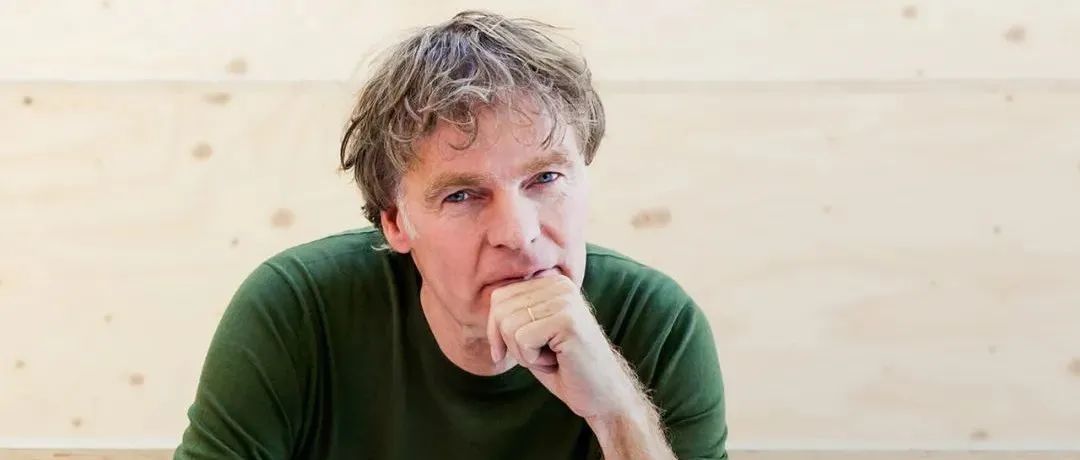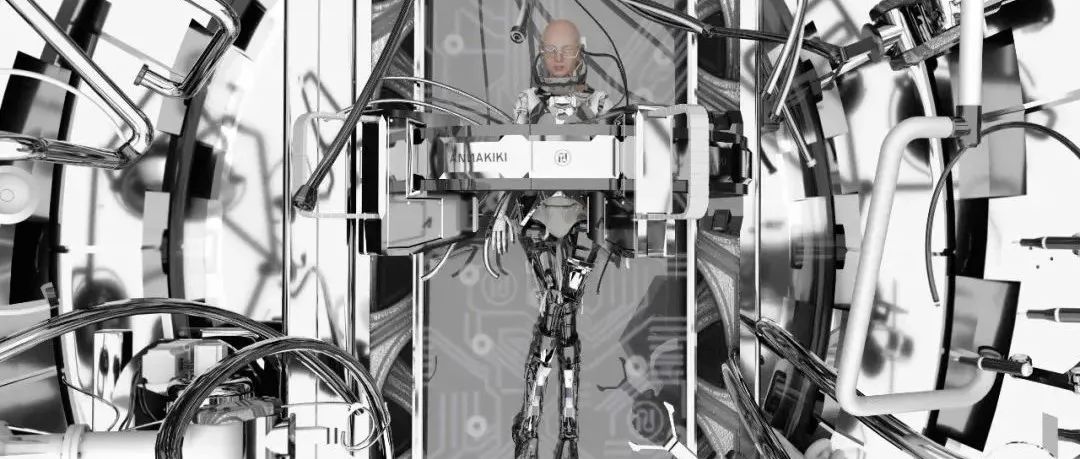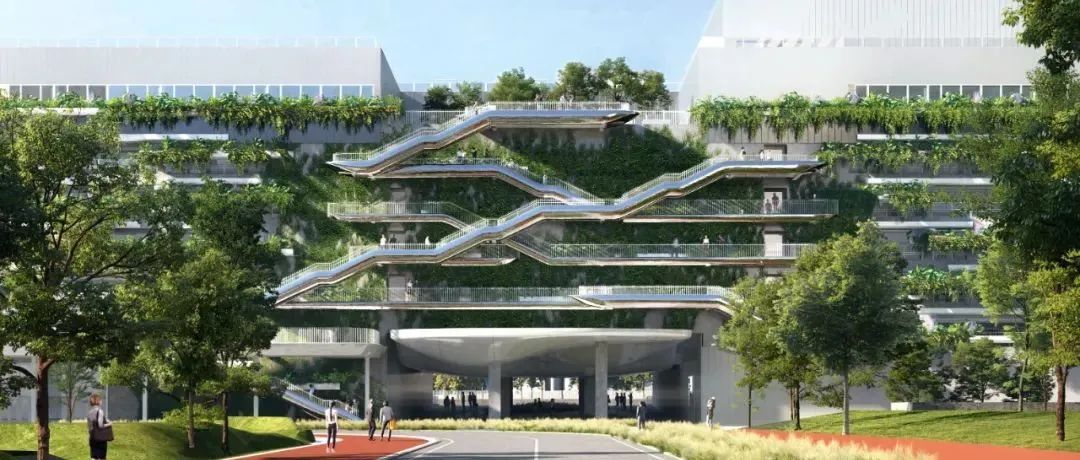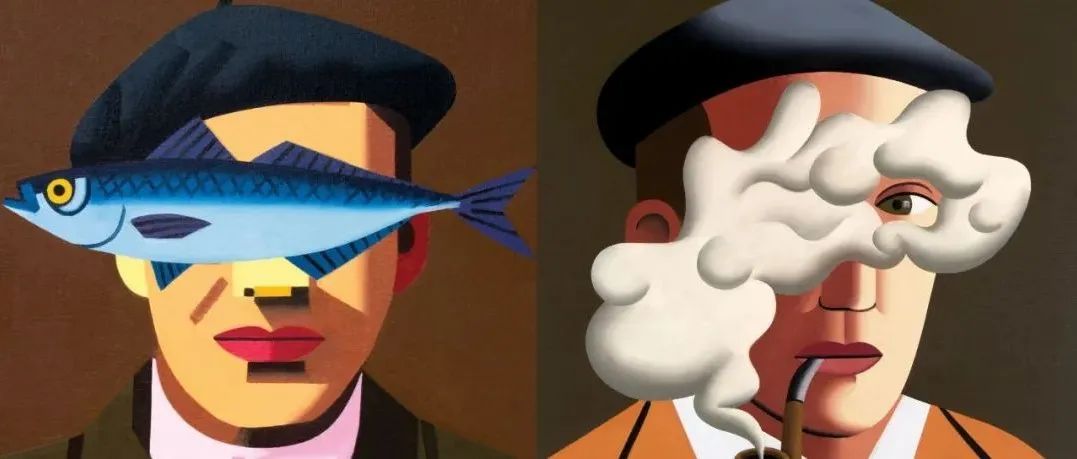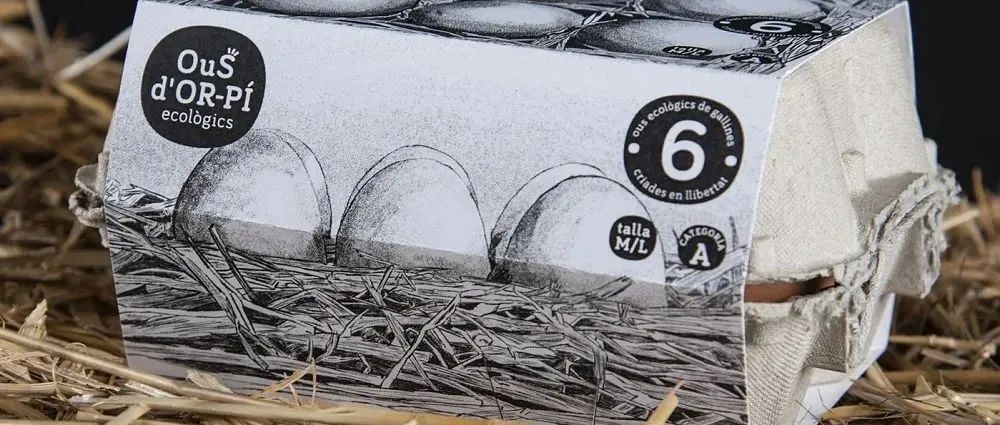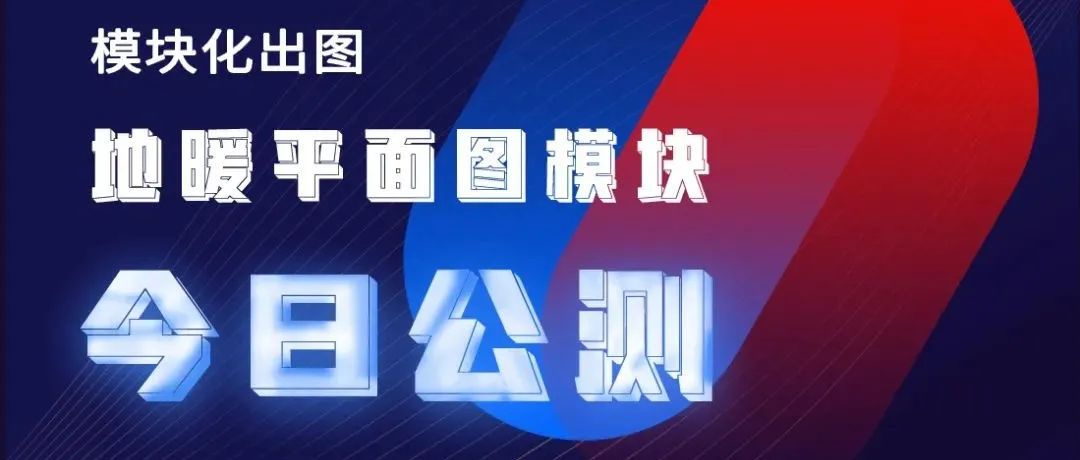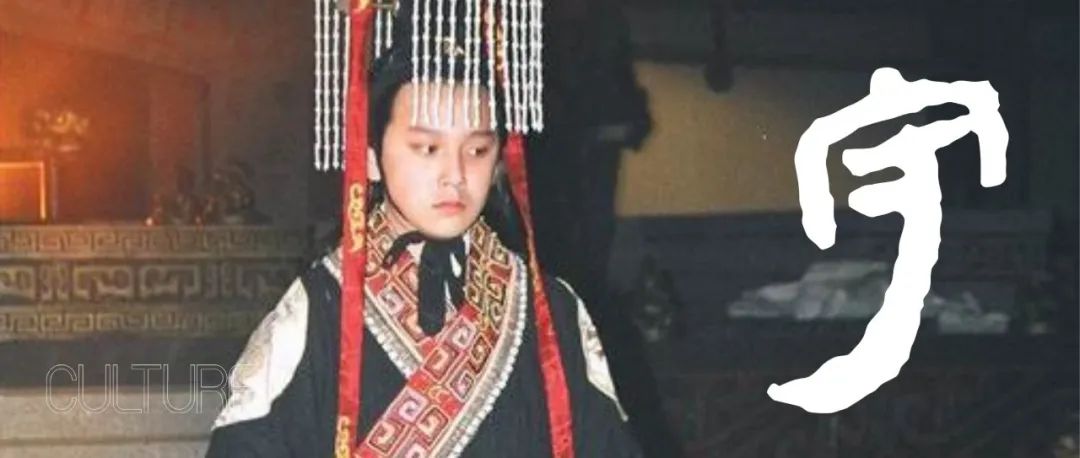Earth. Our home. For the infinite future, I hope. Earth contains all known life in the universe, as far as we are aware.
But our home is threatened: climate breakdown, population growth, deforestation, pollution, income and wealth disparities, lack of pure water, health problems, the enormous reduction of biodiversity – just to name a few – are accelerating tremendously.
We know that. And yet still we need torepeat it. These challenges demand action and, maybe more than ever,imagination. And somehow, architecture and urban design are better tools forthis than we think.
French surrealist poet Paul Éluard once wrote that “there is another world and it is in this one”. The idea of the Anthropocene has captured people’s imagination in recent years – the idea that humans have created a new layer in the geology of the Earth.
What if we started to think of these newgeological layers as a design challenge? Instead of waiting for a result of human habitation, what if we create a new layer on theEarth that incorporates growing human habitation and consumption, while acknowledging humanity’s currentdominance, balancing its effects and combining that with natural development?
OK. Let’s picture ourselves in a completely biological, three-dimensional substance – let’s call it a city for now – that spans across borders. A substance that is porous for access, openness, and views. For water management, for growth, adaptability, and the unknown. For shadow that allows it to protect itself against climate change. That cools down instead of warming up. A substance that makes greenery, energy, food, life, biodiversity. That consists of self-growing, self-evaluating, and self-learning bio-techniques that enable it to adapt over time. A sponge-like matter that enables us to solve our world’s crises.
This Sponge is first and foremost about density. Where there are the most people, The Sponge reaches its maximum thickness – its maximum 3-dimensionality. Unlike our current cities, which rely mostly on the ground level for horizontal movement, The Sponge is interconnected at many levels upwards and downwards, eating ourselves into the earth, allowing it to reach population densities we haven’t seen anywhere before.
Public spaces, parks, farms and forests, transit, routes through the city – these things can all be found equally as easily at a height as they can on the ground. The latest technologies intensify the needed agricultural production into multi-storey mixed food forests. These reduce the demand for agricultural land and shorten the transportation distance from farm to fork. The plants capture, store, and evaporate enough water to regulate the environment of The Sponge.
The Sponge can grow and can be dismantled, or can dismantle itself. It can be formed where needed. Adapting itself to demand, and to any location.
The Sponge overcomes borders. It is premised on porosity and accessibility. It makes boundaries and borders absurd. It demonstrates the superiority of biology, of adaptability, of freedom, of cooperation, of sharing. Without borders, and with easy, ecological, yet super-fast transit, people can move more freely than ever before. This creates sustainable capacity for our planet.
The question posed for this article was to present the idea that will have the biggest impact on the world in the coming 15 years. At this point, probably some readers are reading with incredulity. Do I expect us allto live in a global mega structure city by 2036?
Much as I would like to say yes, I do not. Maybe by 2136, I hope.
Yet it is one of my deepest held beliefs that ideas, even as-yet-unrealised ideas, can deeply impact our world. And sometimes big dreams, no matter how unachievable they might seem, can have a bigger effect than small, easily-achieved goals. For the next 15 years, every small step towards something like The Sponge will be a victory.
为纪念全球权威在线设计杂志Dezeen成立15周年,15名全球知名创意人士受邀发挥想象、为未来世界发出宣言。
Dezeen celebrates its 15th birthday on 17 November 2021! To celebrate, rather than looking backwards, it invited 15 creatives to propose ideas that can change the world over the next 15 years.
Early projects by the office, such as the headquarters for the Dutch Public Broadcaster VPRO and WoZoCo housing for the elderly in Amsterdam lead to international acclaim. 250 architects, designers and other staff develop projects in a multi-disciplinary, collaborative design process which involves rigorous technical and creative investigation. MVRDV works with BIM and has official in-house BREEAM and LEED assessors. Together with Delft University of Technology, MVRDV runs The Why Factory, an independent think tank and research institute providing an agenda for architecture and urbanism by envisioning the city of the future.
本文来自微信公众号“MVRDV”(ID:MVRDV_China)。大作社经授权转载,该文观点仅代表作者本人,大作社平台仅提供信息存储空间服务。


